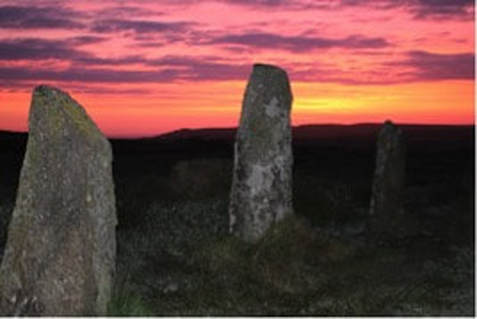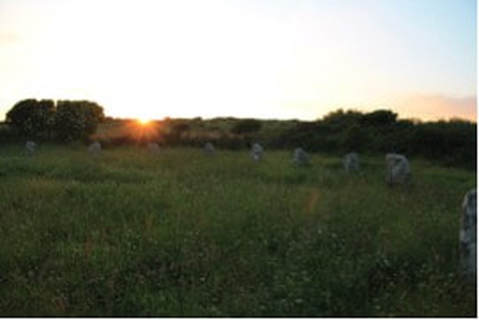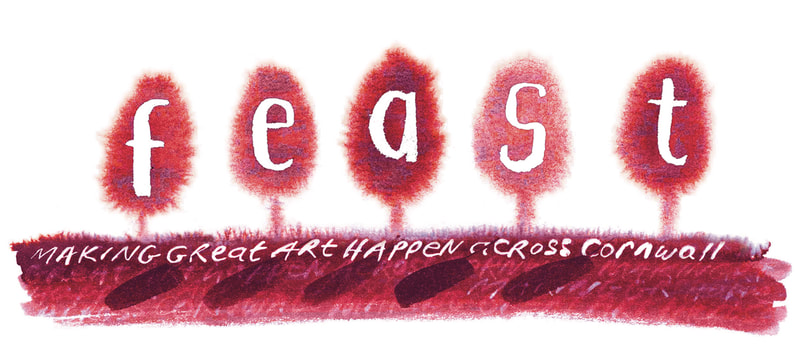Learning Zone: Natural Navigation
Archaeoastronomy
Just as we do today, the people of the Neolithic and Bronze Age would try to make sense of the motions in the sky. The stone monuments in our landscape leave us clues as to how they did this. Many, we know, have been aligned to indicate positions of objects in the sky, the most common being stones that are aligned to the solar cycle, such as the Heel Stone at Stonehenge marking a solstice point. Other stones are linked to the lunar cycle and some are suggested to have links with other celestial objects such as planets and stars. Archaeoastronomy attempts to understand the secrets that have been locked into the stones by studying the position and design of the monuments and linking them to the sky and landscape around them.
Just as we do today, the people of the Neolithic and Bronze Age would try to make sense of the motions in the sky. The stone monuments in our landscape leave us clues as to how they did this. Many, we know, have been aligned to indicate positions of objects in the sky, the most common being stones that are aligned to the solar cycle, such as the Heel Stone at Stonehenge marking a solstice point. Other stones are linked to the lunar cycle and some are suggested to have links with other celestial objects such as planets and stars. Archaeoastronomy attempts to understand the secrets that have been locked into the stones by studying the position and design of the monuments and linking them to the sky and landscape around them.
Motion of the Sun
We all learn at school that the Sun rises in the east and sets in the west and this is true for the equinox dates in March and September. As the Sun approaches its summer solstice position it will rise (in the northern hemisphere) at its most northerly position, arching high in the sky. The opposite is true at the winter solstice; at this time the Sun will rise in its most southerly position, staying low in the sky and setting after a few hours. The daily displacement of the Sun along the horizon follows this pattern over the course of a year, the time it takes the Earth to orbit the Sun.
The change in the position of the Sun along the horizon is due to the tilt in the Earth which is currently 23.5°. In the Bronze Age this would have been even more pronounced as the Earth had a larger tilt of 24⁺. This means that the Sun at the solstice in the Bronze Age would rise and set another degree further along the horizon than it does currently. Sites which are linked to the solar cycle are Boscawen-ûn and Tregeseal stone circles.
We all learn at school that the Sun rises in the east and sets in the west and this is true for the equinox dates in March and September. As the Sun approaches its summer solstice position it will rise (in the northern hemisphere) at its most northerly position, arching high in the sky. The opposite is true at the winter solstice; at this time the Sun will rise in its most southerly position, staying low in the sky and setting after a few hours. The daily displacement of the Sun along the horizon follows this pattern over the course of a year, the time it takes the Earth to orbit the Sun.
The change in the position of the Sun along the horizon is due to the tilt in the Earth which is currently 23.5°. In the Bronze Age this would have been even more pronounced as the Earth had a larger tilt of 24⁺. This means that the Sun at the solstice in the Bronze Age would rise and set another degree further along the horizon than it does currently. Sites which are linked to the solar cycle are Boscawen-ûn and Tregeseal stone circles.






